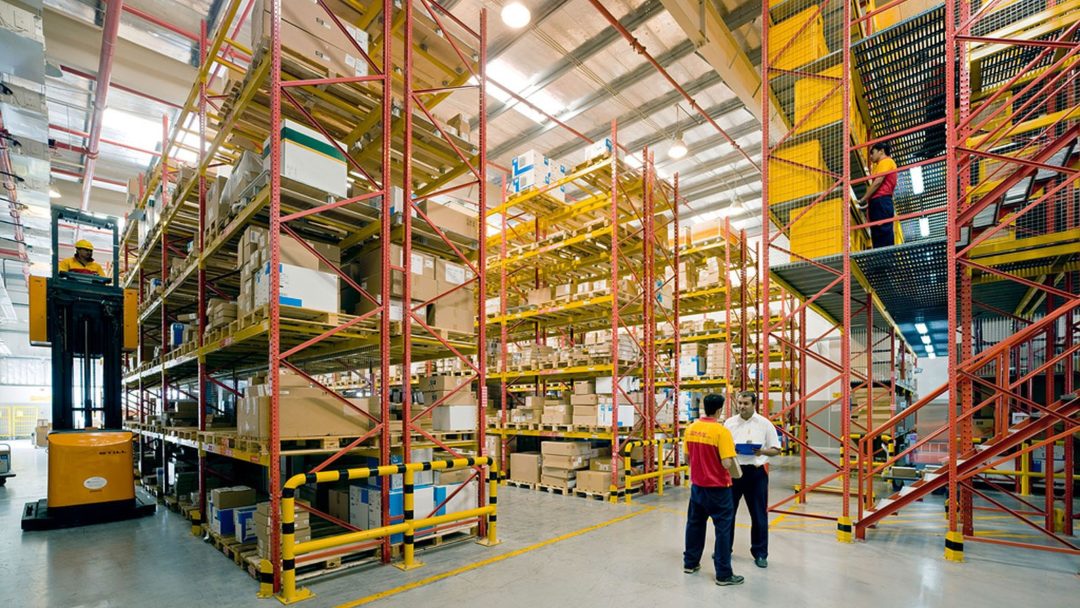Home » DHL Supply Chain partners with ReverseLogix
DHL Supply Chain partners with ReverseLogix
Contract logistics provider to implement tech firm’s returns management system to better manage accelerating returns levels.

Contract logistics provider DHL Supply Chain said it will implement technology from ReverseLogix to manage the growing level of returns flooding the supply chain as a result of accelerating e-commerce business.
Reverse LogisticsReverseLogix provides an end-to-end returns management system (RMS) for both business-to-business (B2B) and business-to-consumer (B2C) customers. The platform includes in-depth functionality for receiving, inspecting, and processing returns and exchanges, allowing DHL to centralize the returns management process for its e-commerce customers.
“Returns have rapidly evolved into a critical factor in satisfying today’s e-commerce customers, prompting retailers to seek out partners like DHL Supply Chain to help implement and execute efficient, fast, and cost-effective returns,” Chris Blickhan, vice president of development, e-commerce, DHL Supply Chain, said in a press statement Monday. “The selection of ReverseLogix positions DHL Supply Chain as a leader in establishing and operating e-commerce returns that further enables us to scale our portfolio to all retail players with maximum impact and minimum disruption."
DHL Supply Chain said it saw strong rates of growth in both e-commerce business and returns last year, with e-commerce volumes growing 15% during 2021 peak season alone and returns growing “substantially.” Nationally, the rate of retail returns surged 78% last year to a value of more than $761 billion, according to data from the National Retail Federation.
By integrating its software with ReverseLogix’ cloud-based platforms, DHL hopes to improve two aspects of that “enormous swell” in reverse logistics, Blickhan said in an interview. Whereas handling returns used to be seen as an unavoidable by-product of doing business as a retailer, today it is seen as an opportunity to improve a brand’s performance, he said. Equipped with better technology, retailers can both prevent some returns from happening in the first place and also support a more efficient process when they do. Both approaches can deliver an improved customer experience, Blickhan said.
To reach those goals, DHL says it will roll out the ReverseLogix platform by integrating it with their transportation management system (TMS), warehouse management system (WMS), and enterprise resource planning (ERP) software, he said. With access to that broad flow of data, the ReverseLogix RMS will be able to balance complex variables like whether a specific return should be returned to a DC, put on a store shelf, disposed of, or even not shipped back to a retailer at all.
“With the ERP, you know what it sold for. With the WMS, you know what it cost to handle it. And with the TMS, you know the cost to bring it back,” Blickhan said. “So if you have all that, you can make better business decisions. It’s an exciting opportunity for brands, brick and mortar retailers, e-tailers, and all their partners.”
Editor's note: This article was revised on Feb. 23 to add commentary from Blickhan.
KEYWORDS DHL Supply Chain ReverseLogix
Related Articles
Copyright ©2024. All Rights ReservedDesign, CMS, Hosting & Web Development :: ePublishing